Curtains are far more than window dressings; they are the unsung heroes of interior design. Done right, they add height, drama, softness, and architectural interest to any room. Done wrong, they can make a space feel clumsy and disconnected. Interior designers understand that the how is just as important as the what—from installation methods to fabric choices, every detail matters.
So, how do you hang curtains like an interior designer to create balance, blur architectural lines, and bring maximum impact to a room? Here are seven expert-approved strategies that will completely transform the way you see window treatments.
1. Wrap the Walls for Seamless Elegance
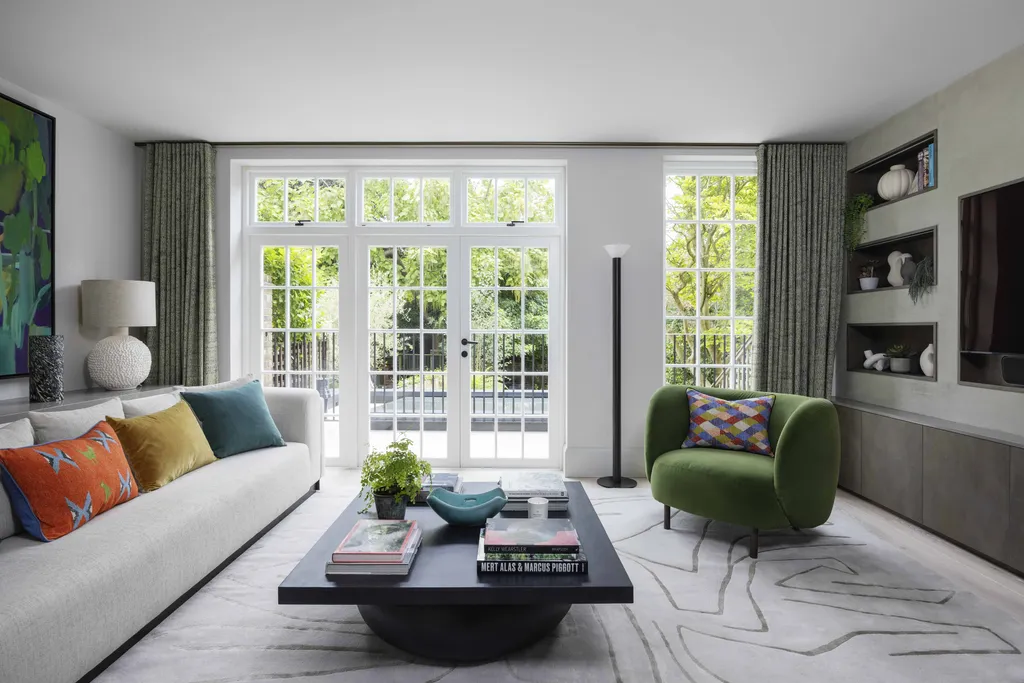
Instead of treating each window or door individually, designers often think more broadly. Caroline Mills, Head of Interior Design at Zulufish, recommends extending curtains across the entire length of a wall rather than stopping at each window frame.
“It creates a generous composition,” she explains. “The eye moves effortlessly across the space, making the room appear larger and more cohesive.”
This technique is especially powerful when the curtains are closed. It softens the space, adds privacy, and creates a cocoon-like ambiance without losing sophistication. A single, continuous expanse of fabric visually stretches the wall, turning what could have been fragmented elements into a unified architectural statement.
2. Add a Wow-Factor Valance for Sculptural Drama
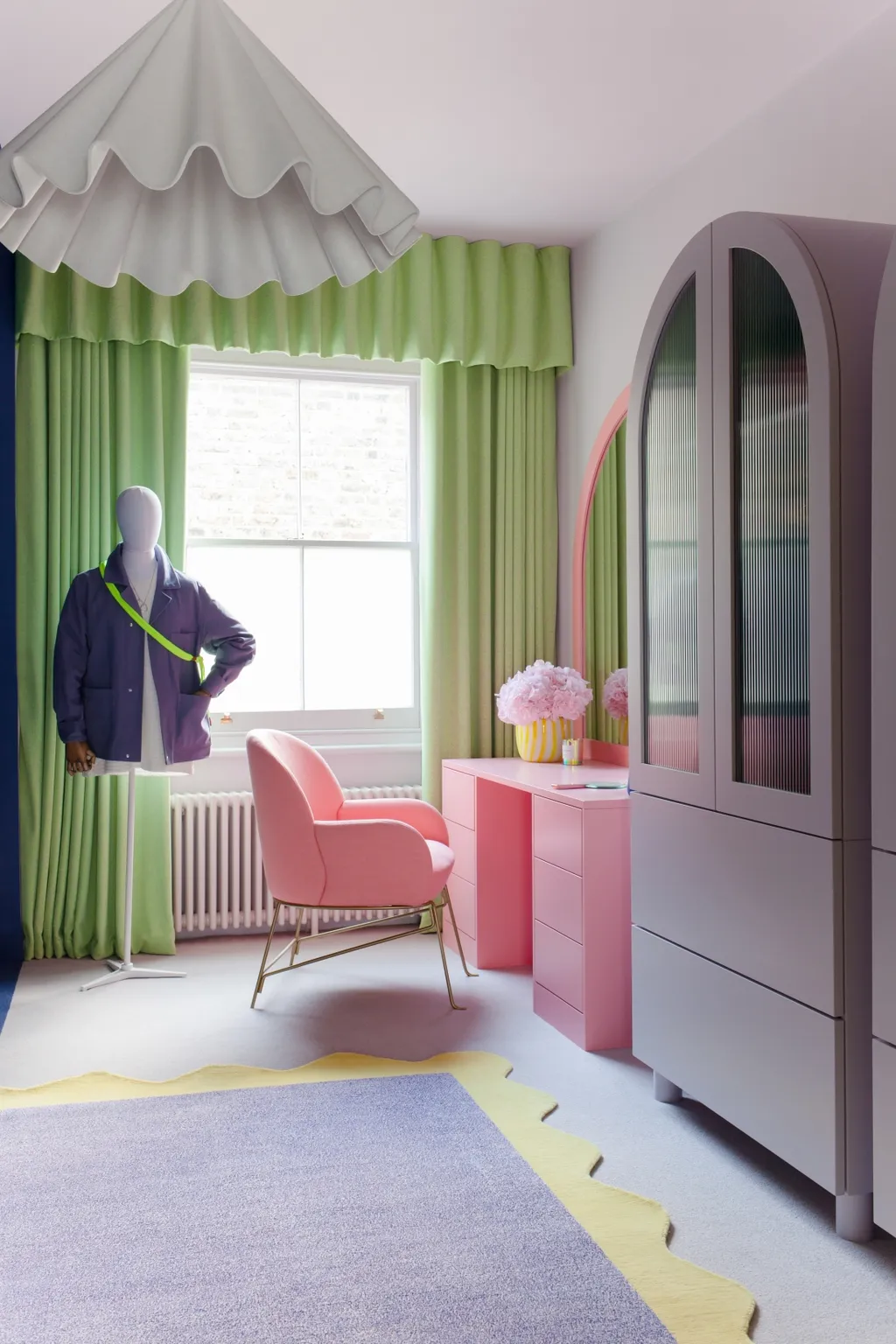
Valances—often dismissed as outdated—are having a contemporary comeback. Jordan Cluroe and Russell Whitehead from 2LG Studio coined the term “skirtens” for their playful, wave-style valances that crown their curtain designs.
Instead of a traditional, boxy pelmet, the duo opts for sculptural curves that echo throughout the room, proving curtains can be just as much an artistic element as functional décor.
Their secret? Extend curtains from wall to wall and floor to ceiling. “Oversized curtains frame the space dramatically,” Russell says. “It’s the easiest way to make a room feel taller, grander, and infinitely more luxurious.”
3. Double Up for Function and Luxury
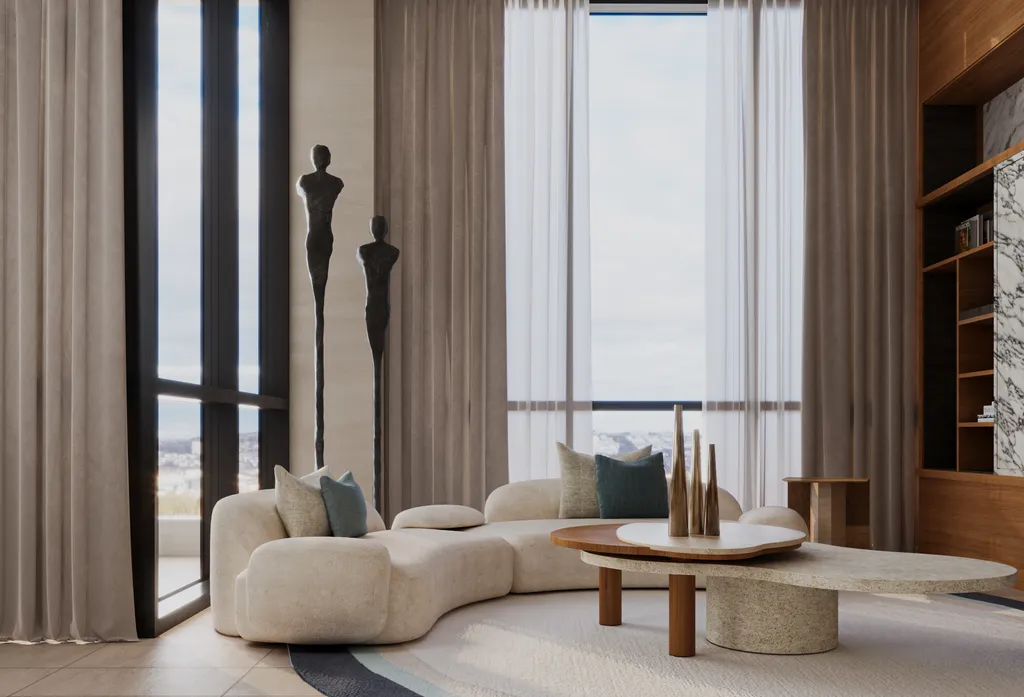
For those seeking both practicality and beauty, layering sheer and solid fabrics creates a designer-approved window treatment that is both practical and beautiful.
Interior designer Mohamed Alqari explains: “Sheers filter sunlight softly, maintaining brightness while preserving privacy. The second layer of heavier fabric adds depth, warmth, and elegance.”
Texture pairing is key here—linen sheers with velvet drapes, for example, deliver a sumptuous yet balanced aesthetic. This layered approach also allows versatility: soft daylight during the day, cocooning intimacy at night.
4. Soften Architectural Lines with Floor-to-Ceiling Sheers
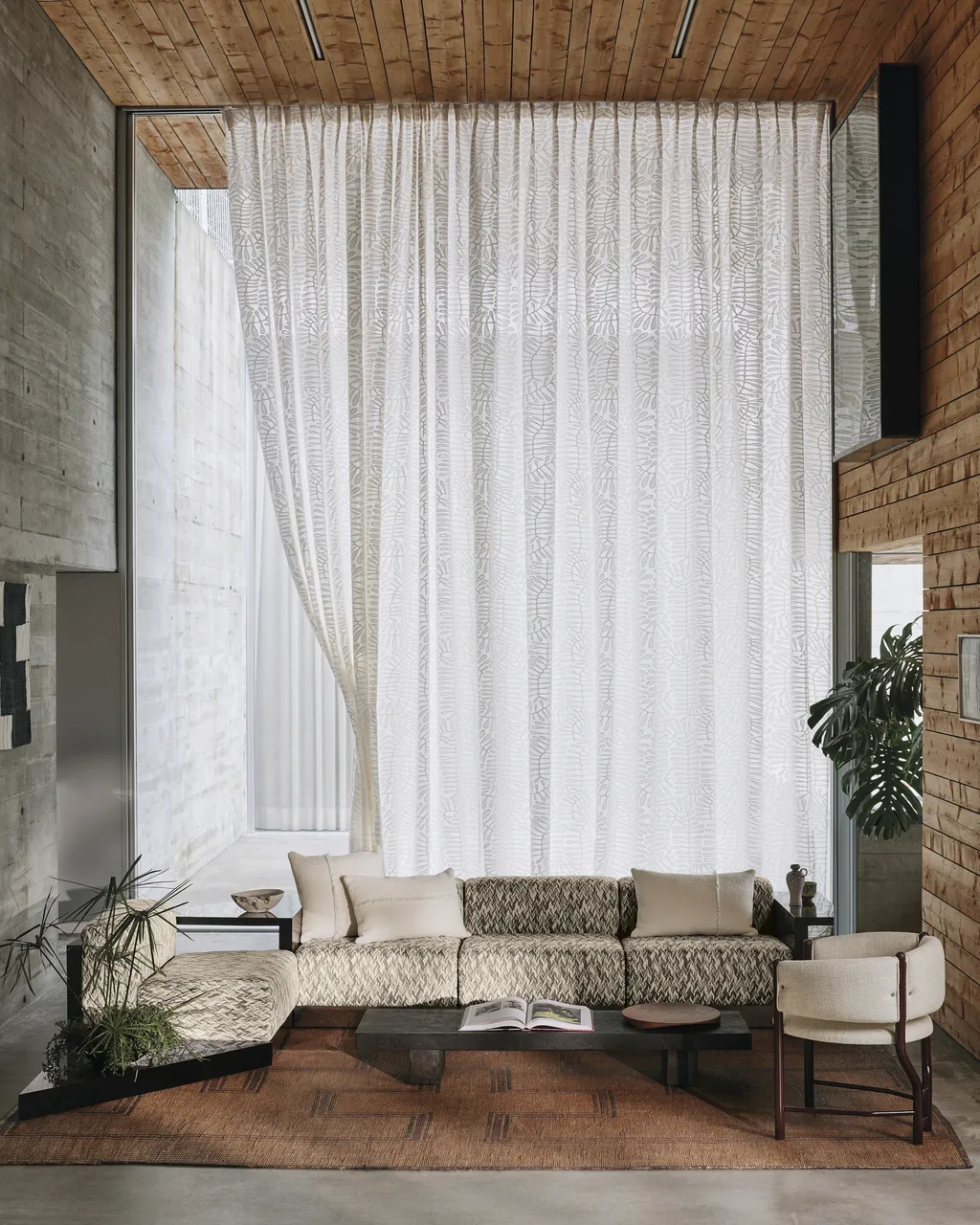
In rooms dominated by sharp lines, steel-framed windows, or hard surfaces, curtains provide a much-needed counterbalance. Melissa Hutley, co-founder of Hutley & Humm, uses light, fluid fabrics to soften edges and bring movement into otherwise rigid spaces.
She notes that modern sheers go beyond plain white voile: “Today’s fabrics feature subtle patterns, embroidery, and textures that add depth without overwhelming the room.”
The result? A delicate, ethereal quality that transforms even industrial-style interiors into inviting, layered sanctuaries.
5. Introduce Print and Pattern for Personality
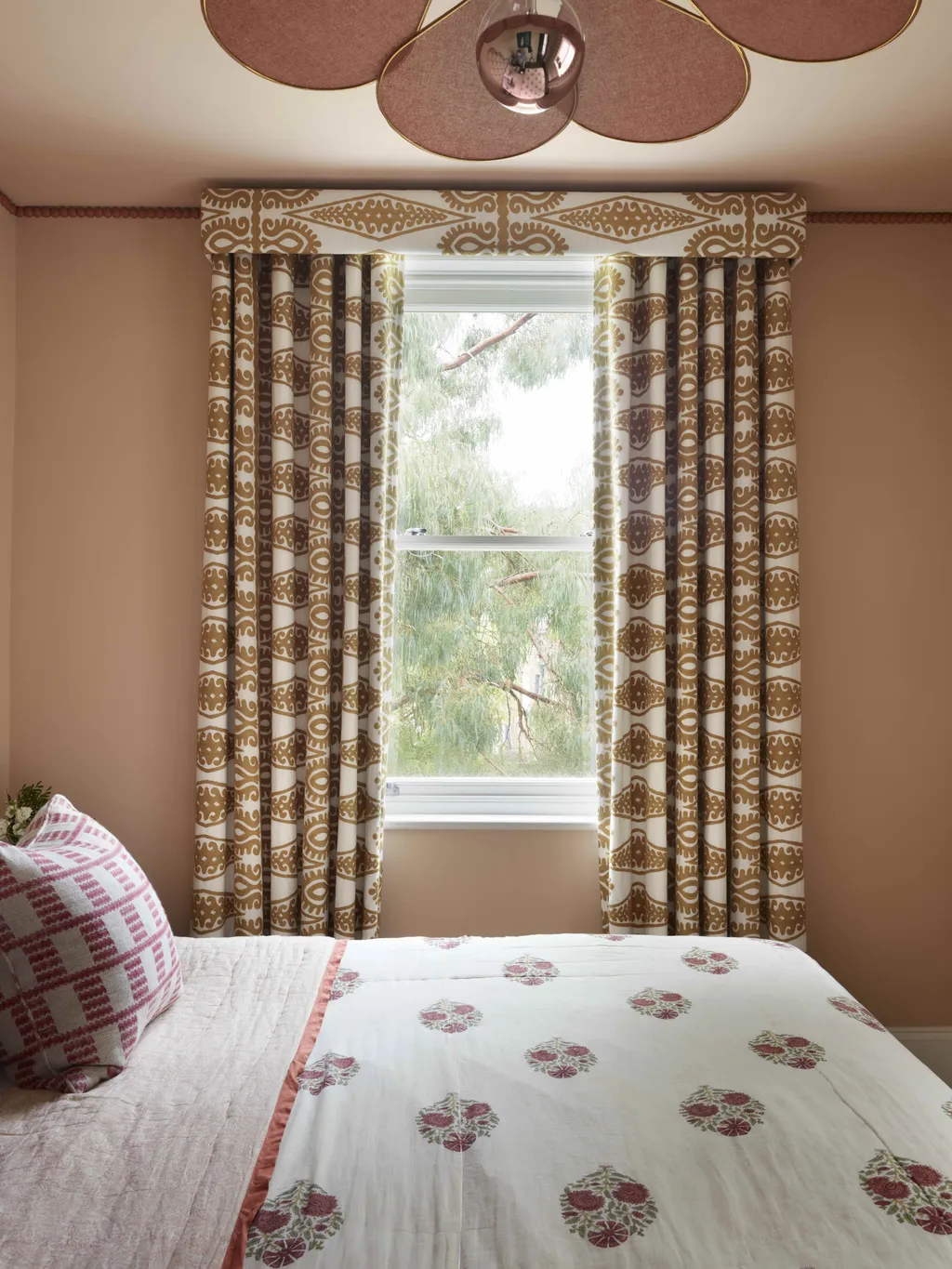
Curtains present an ideal canvas for expressive patterns. Designer Carina Raymond recommends choosing motifs that complement wall colors rather than competing with them.
In one project, embroidered Schumacher fabric with a large-scale print created whimsy without chaos. The trick, Carina says, is repetition: use colors from the curtain fabric elsewhere in the room—on lampshades, cushions, or piping—for a cohesive look.
Pattern, when thoughtfully placed, injects playfulness without sacrificing elegance.
6. Build Curtains Into the Architecture
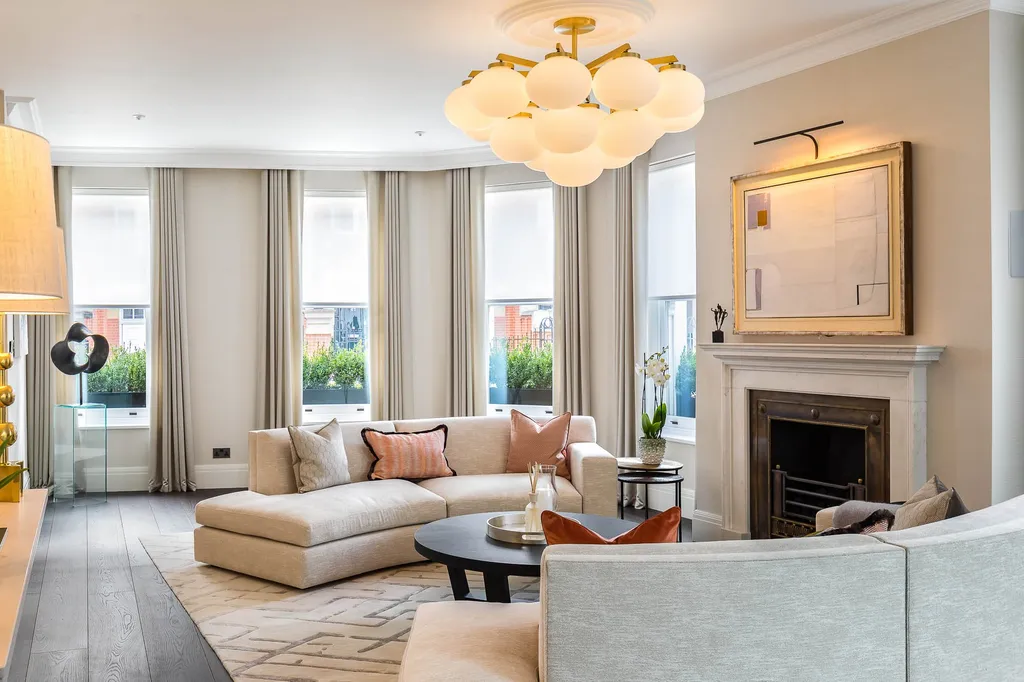
For a truly custom look, designers often conceal curtain tracks behind crown moldings or recessed panels. Juliette Byrne, a renowned interior designer, explains:
“Hiding the hardware elongates the walls and makes the curtains feel like a natural part of the architecture. Adding LED strip lighting above the cornice creates a soft glow that highlights the drapery’s texture at night.”
This approach requires some construction work but elevates curtains from mere accessories to integral design elements.
7. Go Beyond Windows — Curtains as Room Dividers
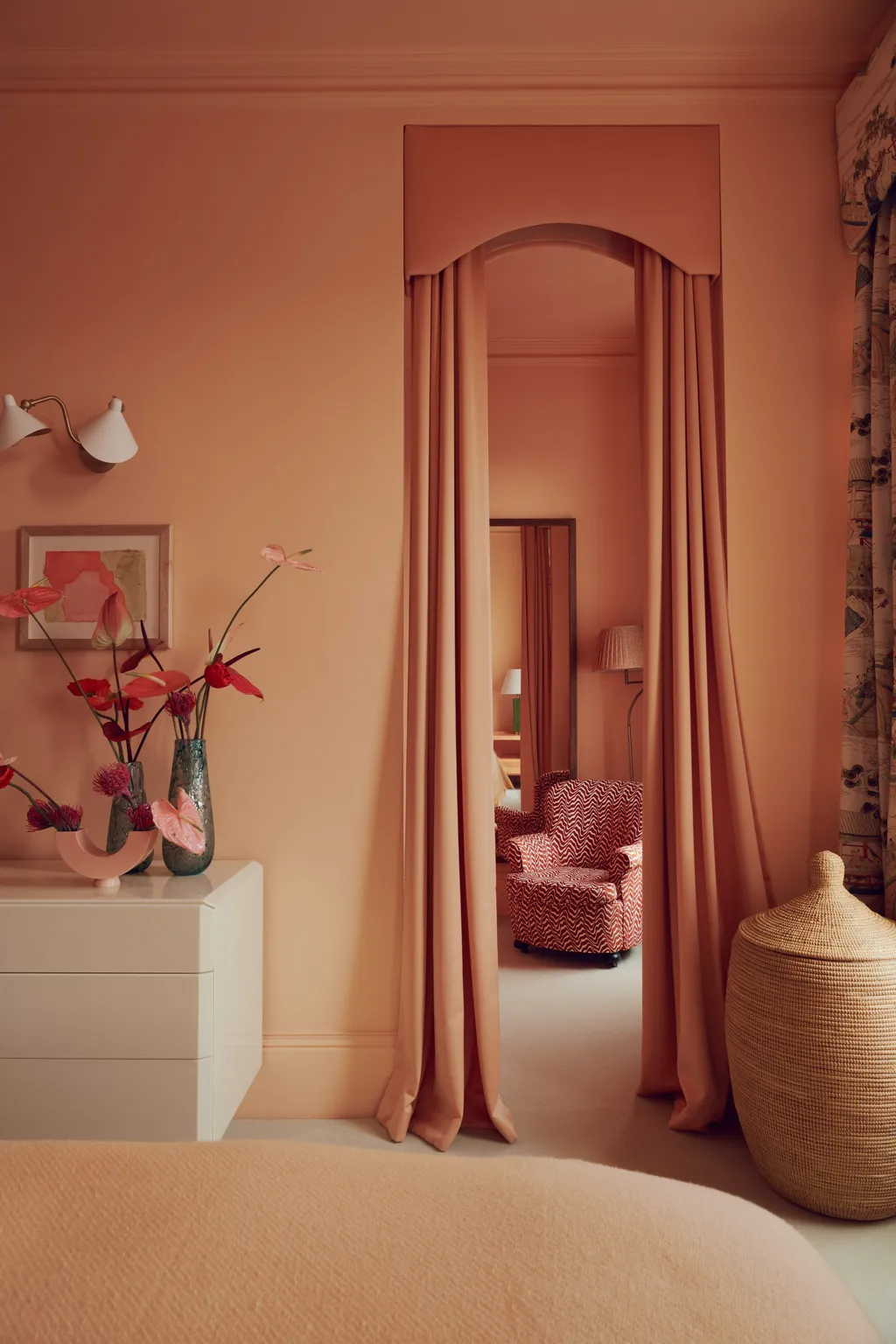
Finally, why limit curtains to windows? Ellen Cumber of Golden Studio often uses floor-to-ceiling curtains to separate spaces in open-plan homes or to replace doors with something softer and more sculptural.
In one bedroom suite, she removed the door to the dressing room and installed flowing curtains instead. The result was dramatic yet warm—a space defined by fabric rather than walls, offering privacy without losing airiness.
Conclusion: Let Curtains Take Center Stage
Curtains can frame a view, transform proportions, soften modern architecture, and even divide rooms. The key lies in thinking like a designer: consider placement, scale, texture, and architectural integration rather than just fabric choice.
Whether you opt for layered sheers, dramatic valances, or full wall-to-wall draping, the right curtains will always elevate a room from ordinary to extraordinary.
The post How to Hang Curtains Like an Interior Designer — Expert Tips for Balance, Impact, and Style appeared first on ARTERESTING.
Arteresting Bazaar


0 Comments